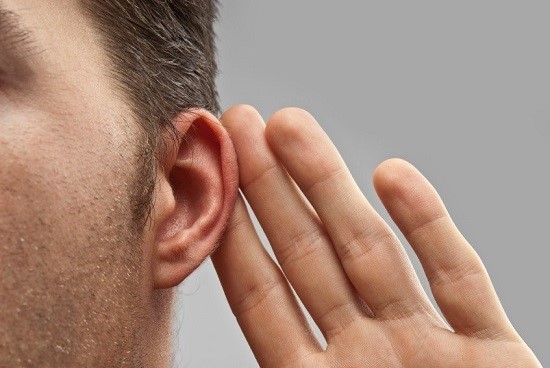
To express that hearing loss is prevalent is somewhat of an understatement. In the US, 48 million individuals report some level of hearing loss. Meaning, on average, for every five people you meet, one will have hearing loss. And at the age of 65, it’s one out of three.
With odds like this, how do you prevent becoming one of those five?
To help you understand how to preserve healthy hearing throughout your life, we’ll take a look at the causes and types of hearing loss in this week’s blog.
How Normal Hearing Works
Hearing loss is the disruption of normal hearing, so the best place to start is with a familiarity of how normal hearing is intended to work.
You can picture normal hearing as consisting of three principal processes:
- The physical and mechanical conduction of sound waves. Sound waves are created in the environment and travel through the air, like ripples in a lake, eventually making their way to the external ear, through the ear canal, and ultimately striking the eardrum. The vibrations from the eardrum are then transferred to the middle ear bones, which then trigger the tiny nerve cells of the cochlea, the snail-shaped organ of the inner ear.
- The electrical transmission from the inner ear to the brain. The cochlea, once activated, translates the vibrations into electrical signals that are sent to the brain via the auditory nerve.
- The perception of sound in the brain. The brain perceives the electrochemical signal as sound.
What’s interesting is that what we perceive as sound is nothing more than sound waves, oscillations, electricity, and chemical reactions. It’s a wholly physical process that leads to the emergence of perception.
The Three Ways Normal Hearing Can Go Wrong
There are three main types of hearing loss, each disrupting some factor of the normal hearing process:
- Conductive hearing loss
- Sensorineural hearing loss
- Mixed hearing loss (a mix of conductive and sensorineural)
Let’s take a closer look at the first two, including the causes and treatment of each.
Conductive Hearing Loss
Conductive hearing loss inhibits the physical and mechanical conduction of sound waves to the inner ear and cochlea. This is due to anything that hinders conduction.
Examples include malformations of the outer ear, foreign objects inside the ear canal, fluid from ear infections, pierced eardrums, impacted earwax, and benign tumors, among other causes.
Treatment of conductive hearing loss consists of the removal of the obstruction, treating the infection, or surgical correction of the malformation of the outer ear, the eardrum, or the middle ear bones.
If you suffer from conductive hearing loss, for instance from impacted earwax, you could begin hearing better immediately following a professional cleaning. With the exception of the more serious forms of conductive hearing loss, this form can be the easiest to treat and can restore normal hearing entirely.
Sensorineural Hearing Loss
Sensorineural hearing loss disrupts the electrical conduction of sound from the cochlea to the brain. This is due to the injury to either the nerve cells within the cochlea or to the auditory nerve itself.
With sensorineural hearing loss, the brain is provided with weakened electrical signals, reducing the volume and clarity of sound.
The main causes of sensorineural hearing loss are:
- Genetic syndromes or fetal infections
- Typical aging (presbycusis)
- Infections and traumatic injuries
- Meniere’s disease
- Cancerous growths of the inner ear
- Side effects of medication
- Sudden exposure to excessively loud sounds
- Long-term subjection to loud sounds
Sensorineural hearing loss is in most cases connected with exposure to loud sounds, and so can be protected against by staying away from those sounds or by protecting your hearing with earplugs.
This form of hearing loss is a bit more challenging to treat. There are no present surgical or medical procedures to heal the nerve cells of the inner ear. However, hearing aids and cochlear implants are very effective at taking on the amplification functions of the nerve cells, resulting in the perception of louder, more detailed sound.
The third type of hearing loss, mixed hearing loss, is basically some mixture of conductive and sensorineural hearing loss, and is treated accordingly.
If you have any difficulty hearing, or if you have any ear discomfort or lightheadedness, it’s best to consult your physician or hearing professional right away. In nearly every case of hearing loss, you’ll get the best results the sooner you treat the underlying issue.
